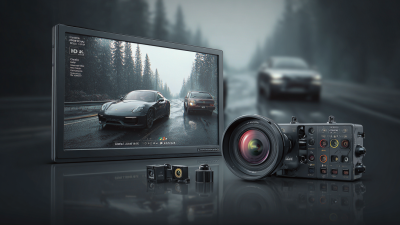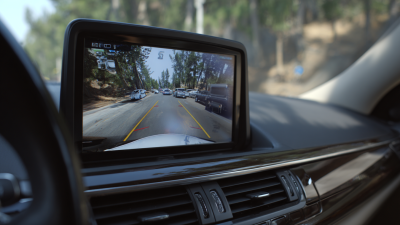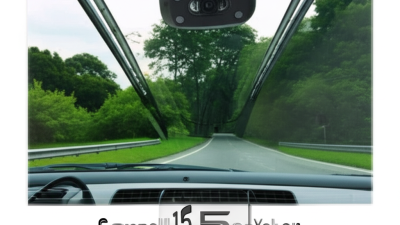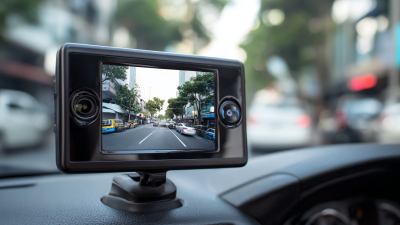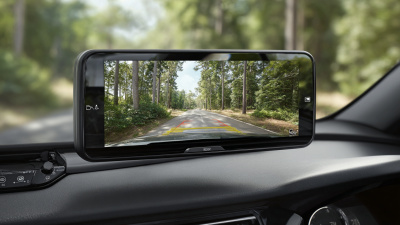Leave Your Message
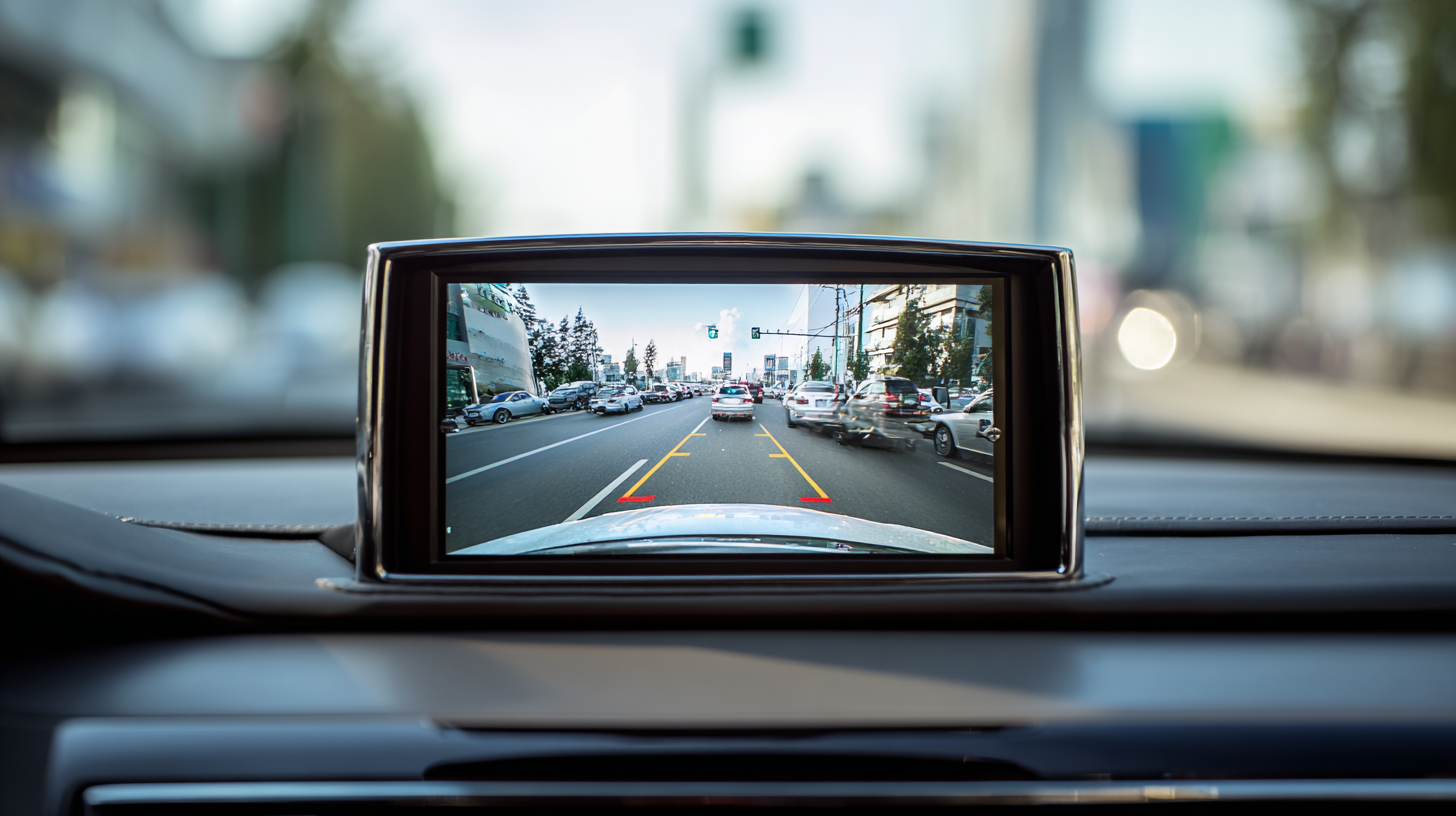 The implementation of advanced safety technologies in vehicles has become a crucial focus in the automotive industry, particularly as statistics reveal that rear-end collisions are among the most common types of accidents. According to the NHTSA, over 200 deaths and 14,000 injuries occur each year due to backover incidents, highlighting the urgent need for enhanced vehicle safety features. One effective solution is the installation of a Rear View Camera, which offers drivers a clearer view of their surroundings while reversing. Research indicates that vehicles equipped with Rear View Cameras can reduce backover accidents by up to 30%, making these systems not just a valuable accessory but a necessary safety enhancement. As automotive regulations evolve, the push for such technologies is expected to grow, promising a safer driving experience for all road users.
The implementation of advanced safety technologies in vehicles has become a crucial focus in the automotive industry, particularly as statistics reveal that rear-end collisions are among the most common types of accidents. According to the NHTSA, over 200 deaths and 14,000 injuries occur each year due to backover incidents, highlighting the urgent need for enhanced vehicle safety features. One effective solution is the installation of a Rear View Camera, which offers drivers a clearer view of their surroundings while reversing. Research indicates that vehicles equipped with Rear View Cameras can reduce backover accidents by up to 30%, making these systems not just a valuable accessory but a necessary safety enhancement. As automotive regulations evolve, the push for such technologies is expected to grow, promising a safer driving experience for all road users.
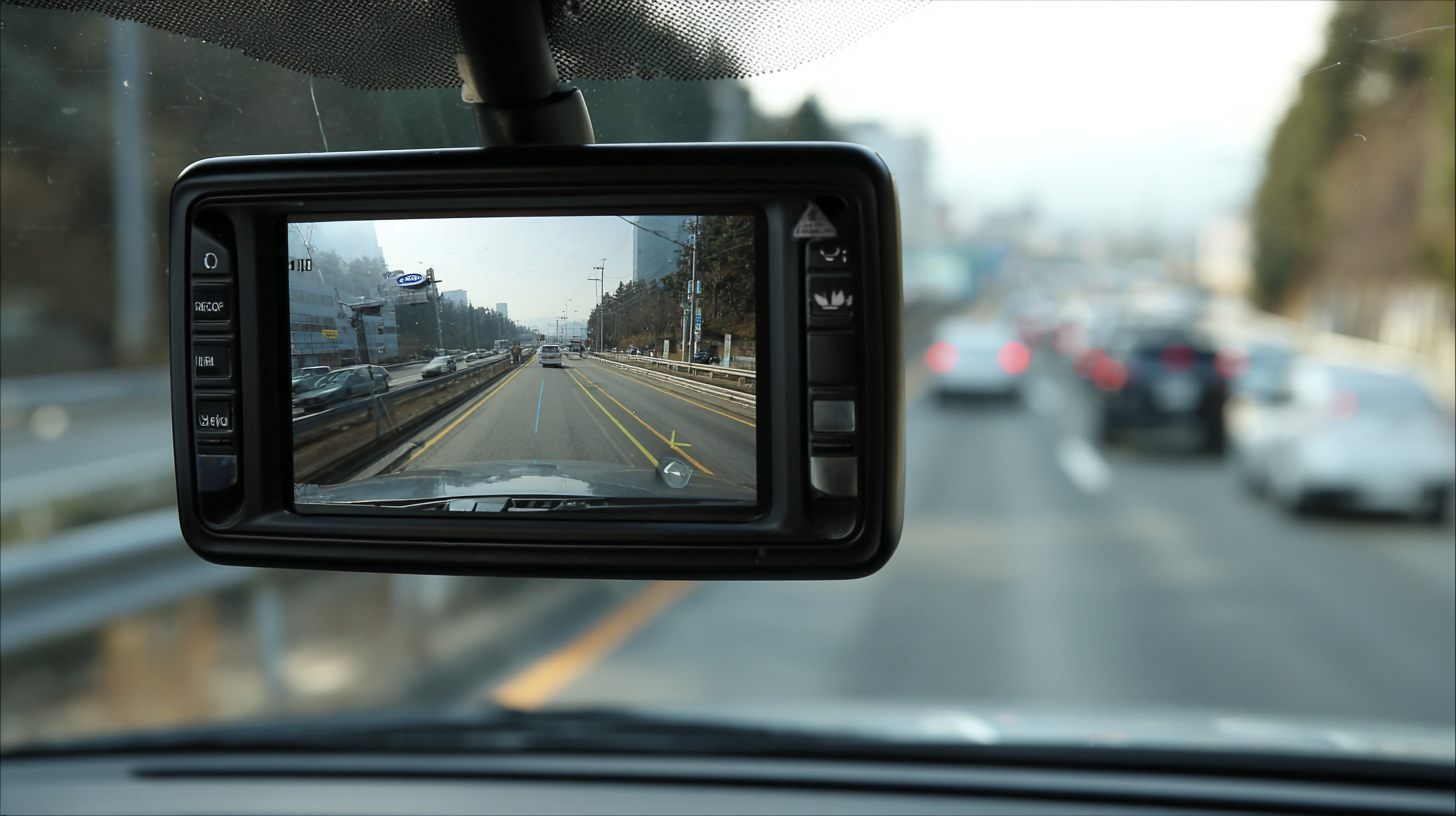 Rearview cameras have become an essential component of vehicle safety, significantly enhancing the ability to detect obstacles and pedestrians while reversing. With the recent mandate requiring all new vehicles sold in the U.S. to be equipped with rearview cameras, the importance of this technology is underscored. These cameras provide drivers with better visibility, reducing the likelihood of accidents that occur during low-speed maneuvers, especially in crowded areas. As safety standards evolve, features like high-definition rearview cameras and advanced driver assistance systems (ADAS) have become standard, helping to prevent mishaps that can have serious implications.
Rearview cameras have become an essential component of vehicle safety, significantly enhancing the ability to detect obstacles and pedestrians while reversing. With the recent mandate requiring all new vehicles sold in the U.S. to be equipped with rearview cameras, the importance of this technology is underscored. These cameras provide drivers with better visibility, reducing the likelihood of accidents that occur during low-speed maneuvers, especially in crowded areas. As safety standards evolve, features like high-definition rearview cameras and advanced driver assistance systems (ADAS) have become standard, helping to prevent mishaps that can have serious implications.
On the other hand, it's crucial to recognize that not all rearview cameras are created equal. Recent recalls linked to faulty camera systems highlight the potential risks associated with manufacturing defects. It is important for consumers to stay informed about safety recalls, as issues like screen malfunctions can compromise driver awareness and safety. As vehicle manufacturers continue to innovate, the focus must remain on ensuring reliability and effectiveness in these crucial safety features, thereby enhancing overall road safety for everyone.
When choosing the right rear view camera for your vehicle model, it's essential to consider compatibility and functionality. According to the National Highway Traffic Safety Administration (NHTSA), vehicles equipped with rear view cameras can reduce the risk of backover accidents by up to 40%. This statistic highlights the increasing importance of selecting a reliable camera that fits seamlessly into your vehicle's existing systems.
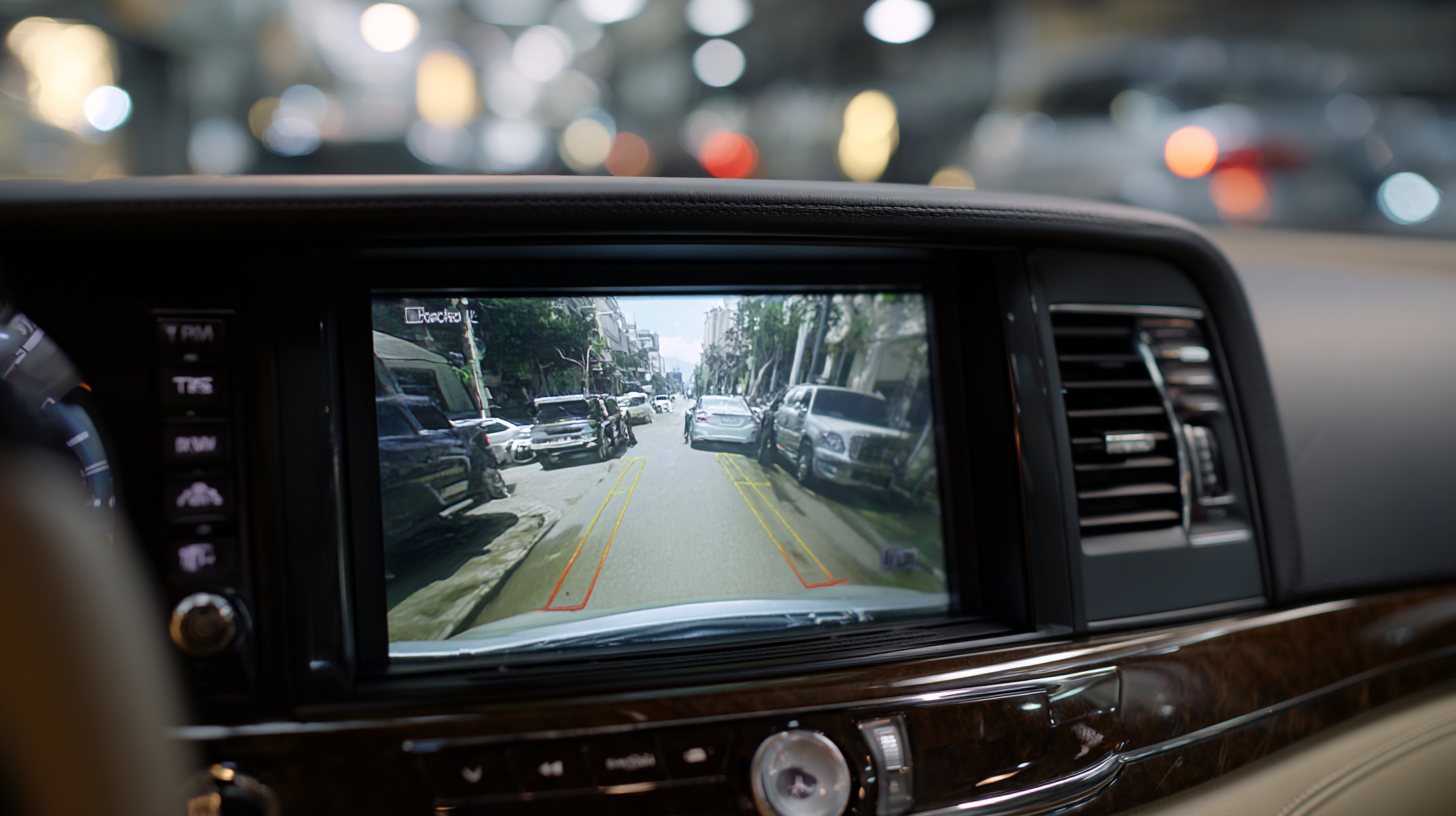
One crucial aspect is the camera's resolution and viewing angle. High-definition cameras offer clearer images, which can significantly enhance your ability to spot obstacles while reversing. Additionally, a wide viewing angle of at least 120 degrees is recommended to minimize blind spots. Research from the Insurance Institute for Highway Safety (IIHS) indicates that many accidents occur in blind spots, underlining the necessity for comprehensive visibility that a well-chosen rear view camera can provide. When selecting a model, ensure it is designed specifically for your vehicle type to maximize its effectiveness and safety features.
Installing a rear view camera can significantly enhance vehicle safety by providing a clear view of the area behind your car, minimizing blind spots. The process begins with selecting the right camera that fits your vehicle’s specifications. Look for a camera with a wide viewing angle and good night vision capabilities. Once you have your camera, gather the necessary tools, including a screwdriver, electrical tape, and wiring connectors.
Next, you’ll need to prepare the installation site. This typically involves removing any panels or covers in the trunk or rear area where you plan to mount the camera. Follow the manufacturer’s instructions for the camera, which usually involves connecting the camera to the reverse light circuit, so it activates when you shift into reverse. Secure the camera in place and run the cables through the vehicle, taking care to avoid any moving parts. Finally, test the camera to ensure it provides a clear view and make any necessary adjustments. With these steps, you can enjoy the increased safety that comes with having a rear view camera installed in your vehicle.
| Step | Description | Estimated Time | Tools Needed |
|---|---|---|---|
| 1 | Choose a suitable rear view camera. | 30 minutes | N/A |
| 2 | Gather necessary tools and equipment. | 15 minutes | Screwdriver, wire connectors, power drill |
| 3 | Mount the camera on the rear of the vehicle. | 45 minutes | Screwdriver, mounting bracket |
| 4 | Run the video and power wires to the front. | 1 hour | Wire strippers, electrical tape |
| 5 | Connect the camera to the monitor. | 30 minutes | Wire connectors, screwdriver |
| 6 | Test the camera functionality. | 15 minutes | N/A |
| 7 | Secure all wires and cleaning up. | 30 minutes | Electrical tape, zip ties |
Installing a rear view camera can significantly enhance vehicle safety, providing drivers with a clearer view of what’s behind them. However, ensuring proper wiring and connectivity during installation is crucial for the camera to function effectively. According to industry reports, improper installation can lead to a 30% increase in the likelihood of accidents while reversing. Therefore, understanding the correct wiring processes can not only maximize the functionality of the camera but also enhance overall road safety.
When installing a rear view camera, it's essential to ensure that all connections are secure and insulated to prevent short circuits. A well-designed installation box can streamline this process. For instance, using a high-quality cable management solution can reduce clutter and minimize the risk of interference with other vehicle systems. By organizing wiring effectively, you improve both aesthetics and performance.
**Tips:** Always check the manufacturer’s wiring diagram before initiating installation. If you're unfamiliar with automotive electronics, consider consulting a professional. Additionally, ensure that the camera is calibrated correctly after installation to guarantee optimal viewing angles. This simple step can make all the difference in how well the camera operates in real-world scenarios.
Installing a rear view camera can significantly enhance vehicle safety by providing a clear view of what’s behind you, reducing the risk of accidents while reversing. However, merely having a rear view camera isn’t enough; regular maintenance and testing are essential to ensure its effectiveness.
To maintain your rear view camera system, start by checking the lens for dirt and obstructions. A clean lens is crucial for optimal visibility. Consider using a soft cloth and suitable cleaning solutions to avoid scratching the camera. Additionally, inspect the wiring and connections for any signs of wear or damage, as loose connections can cause the camera to malfunction.
When testing your rear view camera, engage the reverse gear and ensure the display activates promptly. Look for any distortions or color issues in the image; these can indicate a need for a system check. It’s also helpful to conduct regular night-time tests to ensure visibility remains adequate in low-light conditions, providing peace of mind every time you drive.

